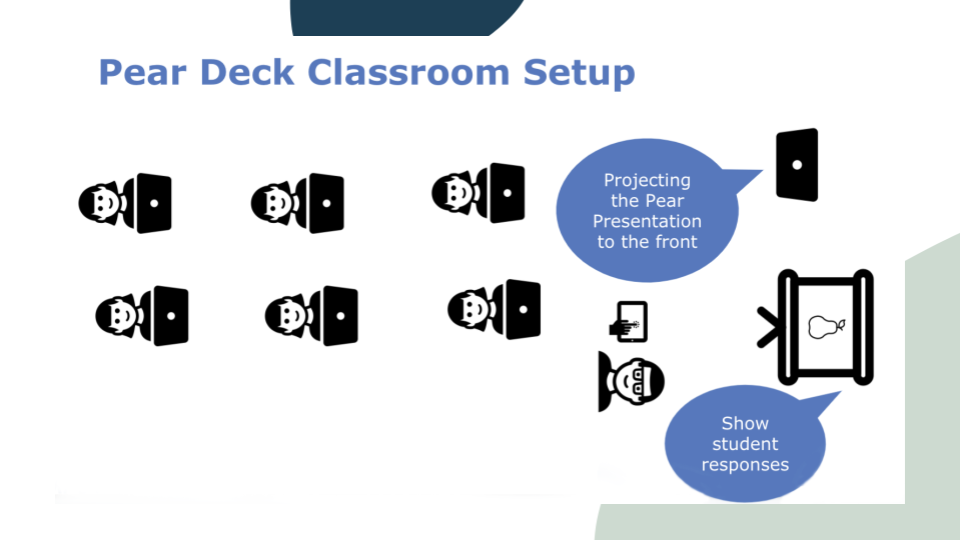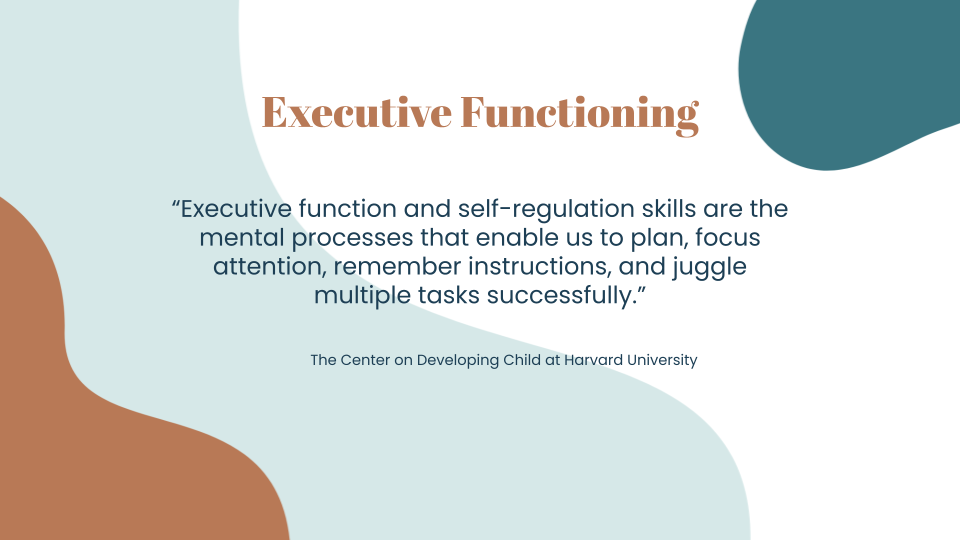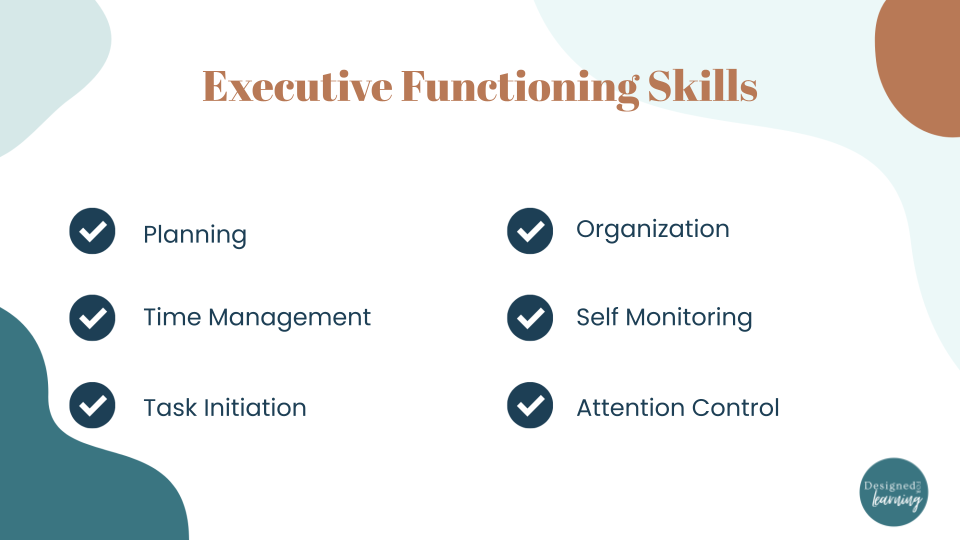As a new school year begins, the question of how COVID-19 has shaped the last year of education, and will continue to shape the future, remains top of mind for educators. There’s a rush to return to the way things used to be and traditional methods of learning, but as you reflect on the last year and a half, what do you want to bring back to the classroom, your school, or your district? What did you learn from bringing more blended elements into the classroom and what is worth bringing back? There is the opportunity to look back on your experience over the last year and a half and say that was hard, but there are silver linings and new practices, strategies, and techniques I can continue to use to help meet the needs of all learners. In this post, I’m going to dive into some of my key strategies and activities that you can incorporate in your classroom to help shift to learner centered instruction.
Hybrid Learning vs. Blended Learning
I see a lot of different definitions of hybrid and blended learning being shared and schools and districts using these terms in varying ways. So I always like to start with a couple of definitions to show you the distinct differences between both and hopefully provide clarity around what I mean when I refer to blended learning. Hybrid learning is talking about the place where learning is happening both in person and remotely. In this post, we’re going to focus more on blended learning which uses a combination of tools, pen & paper, traditional, as well as online and digital learning tools and strategies.
Blended Learning Strategies for Synchronous Instruction
One thing I hear most often when I talk with other educators about a silver lining from both remote and blended learning, was being able to utilize the chat box to hear from students who can be more introverted and shy away from raising their hand. Through this, we were able to see these students bloom and flourish since they were able to participate virtually.
So, how can you create the opportunity for all students to have their voices be heard in a way that meets their needs?
There are several options for getting those voices into your classroom, but one of my favorites is through a tool called Pear Deck. It’s probably one of my top 3 favorite tech tools and what it does is it allows you to take a really simple presentation and make it an interactive experience for your students. I have recorded a short video to show you what this tool looks like in action with live participants using it.
Hopefully, that video gives you a sense of how Pear Deck can be used and how it can help you easily bring all of your student’s voices back into your classroom, even if students do not feel comfortable raising their hand. This tool is great because it allows you to easily gauge what all of your students are thinking about and how well they are understanding the lesson.
How to Use Pear Deck in the Classroom
The demo above was done virtually, but if you were to incorporate this tool into a classroom, students would need 1:1 devices or they could partner 2:1 devices in the classroom in order to participate in the Pear Deck lesson.

The teacher would project the Pear Deck presentation to the front of the room and this is where they could show student responses as well. Then ideally, the teacher would be monitoring those responses on a separate digital device. I use my phone or an iPad during the lesson so if I see a student’s response that needs immediate intervention or correction, I can go right up to that student and give them the direction that they need.
Benefits of Asynchronous Instruction & Key Strategies
The next section I want to dive into is asynchronous learning. Asynchronous learning focuses on a prebuilt lesson that students will access independently. A lot of schools and districts utilized asynchronous learning in the beginning of 2020 when remote learning began. Through this, many educators realized that asynchronous lessons were much more difficult to get students to complete. However, this doesn’t mean that asynchronous learning shouldn’t be utilized in the classroom. It needs to be used intentionally with a lot of scaffolds and supports to make sure that students are able to be successful in that work. If we can do that, we’re teaching our students really important executive functioning and self-regulation skills.

Below is a list of skills that are built through executive functioning. When I look at this list and honestly ask myself how good am I at all of these things, I have to admit that I’m still working on them as an adult. So, to expect students to have all of these skills at 8,12, or even 16 years old isn’t realistic.

Instead, when we’re planning asynchronous or student-paced work, we have to be intentional about building supports and teaching explicitly to get students to think “how can I manage my time during this test, or what are some strategies I can use to get started.” Once these scaffolds and structures of executive functioning are built in, I tend to use asynchronous work in my role as a hybrid teacher when students are home. When I was a full time classroom teacher, I would have entire days dedicated to asynchronous work. Students would self-pace and work through lessons independently and for students that needed extra support, I could pull them into small groups or work with them one on one. They are also great for station rotations so you can have rotating activities where students are working through an asynchronous lesson.
Asynchronous Content for Flipped Learning
Asynchronous content is also great for flipped learning. Flipped learning is the concept where the direct instruction is being provided to students asynchronously as homework or during an activity in class and then the application would happen together. With flipped learning, there are a couple of great tools that I use in my classroom. YouTube is one place that I start when I’m looking for content. I am a big fan of not reinventing the wheel and there is a lot of content already out there. However, most of the time I am looking for something very specific to my curriculum, and in this case, I use a screen recording tool like Screencastify. Screencastify is a Chrome extension that lives right on my browser and it allows me to record my computer screen and do a voiceover or do a video with my webcam. This allows me to easily record direct instruction videos for my students.
However, with asynchronous learning accountability and support are vital to ensure students are actually successful in that work. Holding students accountable for watching videos is very important. One way I can easily do this is through a tool called Edpuzzle. This tool allows me to find videos or upload my own video and add interactive questions into it, like comprehension questions, checks for understanding, and reflections. I can also see exactly which students have logged on to watch the video, how much of the video they’ve watched, and see their responses to questions. This also helps me identify which students might need a bit of extra support in that content area. Watch the video below if you want to see how Edpuzzle works from the perspective of a student.
Another great tool for asynchronous learning is a HyperDoc. A HyperDoc is an interactive Google Doc that replaces the worksheet/lecture method of delivering instruction. It’s important to note that a HyperDoc isn’t just a digital worksheet, but it goes beyond what worksheets are capable of doing. So, the hyper part of HyperDocs is usually a hyperlink where you’re linking to videos, webpages, or interactive activities where students can engage beyond what’s possible on just pen and paper. HyperDocs are essentially a great way to package asynchronous or flipped instruction. Here are a few examples of HyperDocs that you can click through and explore:
Another fantastic thing about HyperDocs is the women who designed it are committed to teachers sharing what they create so there is a complete template library on the HyperDocs website that you can use for free. Click here to access HyperDocs templates that you can start using today. The intention behind a HyperDoc is not to just substitute pen and paper into a digital format, but to move up on what’s called the SAMR Model into modifying or redefining what’s possible for students.

We want students to engage in ways that were previously inconceivable, using tools like video, audio, and maybe even virtual reality or game-based learning through this interactive worksheet experience.
The Future of Education
I’ve covered a few tools and strategies to help you bring engaging elements of a blended model into your classroom as we move away from distance learning. As many educators reflect on the past year and a half and how this experience can be used to redefine and reshape education, one question becomes even more important. Where is education going as we look further into the future and beyond the new school year that awaits us?
There is a big problem occurring today that started before the pandemic and it was recently highlighted in a study from the World Economic Forum. According to this study, ⅓ of jobs in 2020 require skills that aren’t commonly taught today. These are not advanced skills like coding but are basic technical skills like balancing a spreadsheet or formatting a professional email. This is why high-impact technology integration in the classroom is so important, as well as continuing to implement effective blended learning practices.
So, what is a way you can help your students develop these skills and build a bridge to close the gap that exists? A great tool to use to teach digital skills is through a free curriculum from Google called Applied Digital Skills. Their intention was to create lessons that can fit into multiple content areas to teach practical digital skills like graphic design, utilizing presentation tools, and many others through asynchronous video based lessons.
This is one great way to incorporate asynchronous learning in the classroom. You can have an Applied Digital Skills day where students can work independently or in groups through the lessons and then as the teacher you could be there to support them. This is just one tool to help learners build up these skills, but I also encourage you to think about how you can incorporate digital skills into any lesson rather than just in a tech class.
Another key problem the study highlighted is that only 44% of students ages 18-25 believe that their education gave them the skills they needed to enter the workforce. We just talked about digital skills that are needed, but what about skills that are uniquely human that can not be replaced by technology? I’m talking about problem solving, leadership, creativity, critical thinking, and empathy. A few tools that I like to use to build and foster these skills in the classroom are:
Breakout EDU – A digital breakout room platform.
CoSpaces – A tool that allows students to design and move through virtual reality spaces.
Jamboard – A virtual whiteboard to use for critical thinking activities to brainstorm and collaborate.
Education is all about possibility and potential. COVID-19 has shown us that more now than ever, instruction needs to move from teacher centered to learner centered. We currently have the opportunity to intentionally redesign systems with the learner in mind where we are able to effectively meet the needs of each learner to ensure they are equipped with the knowledge, skills, strategies, and relationships to meet the demands of an ever-changing global community. So, we invite you to imagine what’s possible as you look toward the future of education, and encourage you to continue to use new strategies and practices from the past year and a half in your classroom, school, or district.
Learn More:
- Free Workshop – Best Practices in Blended Learning
- Preview a Few Designed for Learning Signature Workshops
- Free Workshop – A Leadership Lens: Making the SHIFT Toward a Learner Centered Ecosystem
**This session was adapted from a live workshop from Emma Pass**
